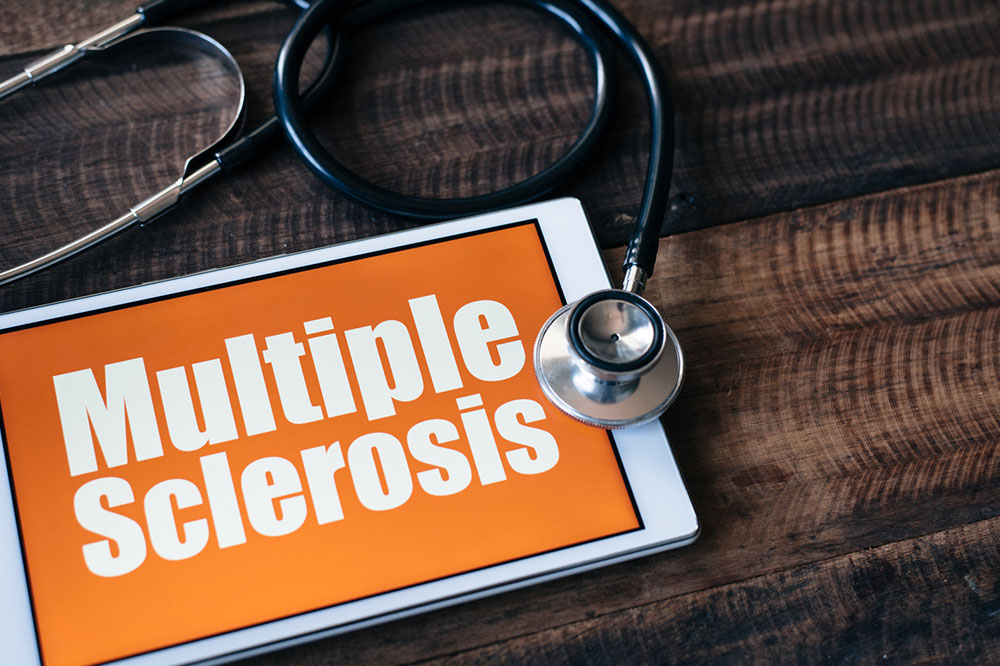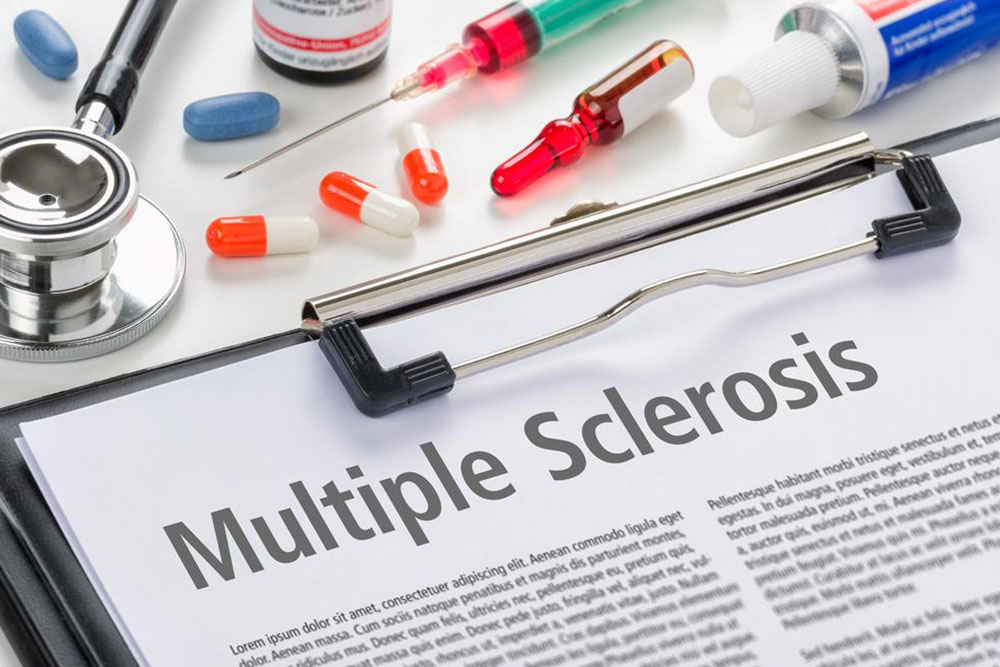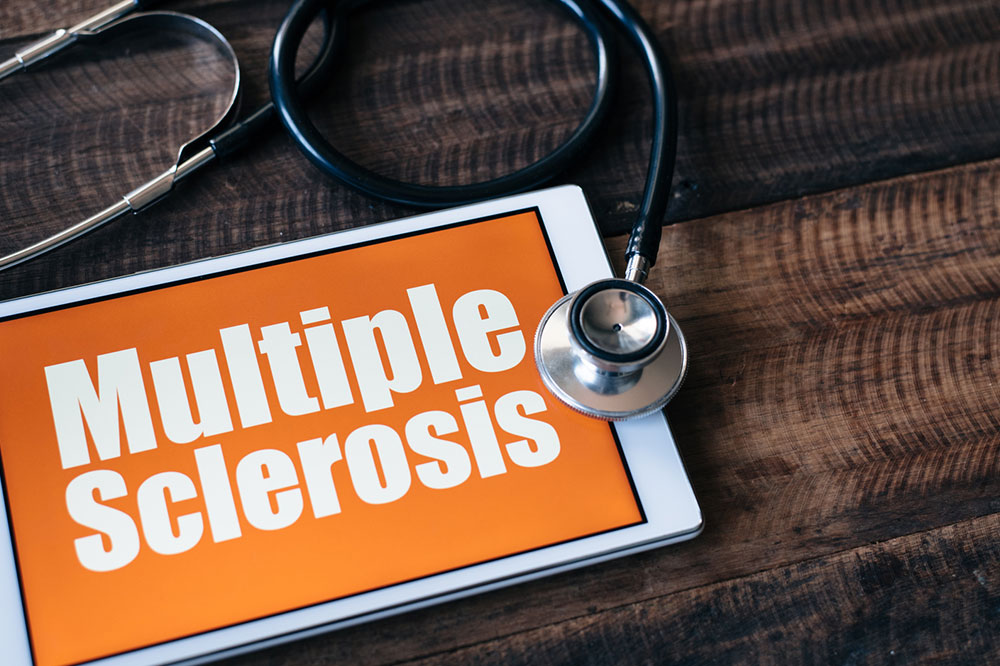Comprehensive Guide to Multiple Sclerosis: Causes, Symptoms, and Management Strategies
This comprehensive article explores the causes, symptoms, and management strategies for multiple sclerosis (MS). It provides a detailed overview of MS types, diagnosis, and treatment options, emphasizing modern therapies and ongoing research efforts to improve patient quality of life. Learn how early intervention and multidisciplinary care can help manage this complex neurological condition effectively.

Comprehensive Guide to Multiple Sclerosis: Causes, Symptoms, and Management Strategies
Multiple sclerosis (MS) is a complex, chronic neurological condition that affects millions of individuals worldwide. This disease specifically targets the central nervous system (CNS), which includes the brain, spinal cord, and optic nerves. Understanding MS involves exploring its underlying causes, the range of symptoms it can produce, and the most effective ways to manage the condition to improve quality of life. Though it is a permanent condition, advancements in research have led to better management practices, helping those affected lead more active, fulfilling lives.
MS occurs when the immune system mistakenly attacks the protective sheath called myelin that surrounds nerve fibers. Myelin plays a crucial role in facilitating rapid electrical signaling across nerve cells, and when damaged, it results in disrupted communication between the brain and body. This damage leads to the formation of scars or plaques, which interfere with normal nerve function and cause the wide variety of neurological symptoms associated with MS. Despite extensive research, the precise cause of MS remains elusive. Still, scientists widely believe that a combination of genetic susceptibility and environmental factors initiates immune dysfunction that triggers autoimmune reactions in predisposed individuals.
Symptoms of MS are diverse and can affect different parts of the body differently from person to person. Common signs include muscle weakness, numbness, tingling sensations, and issues with coordination and balance. Many individuals experience bladder and bowel dysfunction, fatigue that can be debilitating, chronic pain, dizziness, and visual disturbances such as blurred vision or optic neuritis. Additionally, mood changes and cognitive difficulties are often reported. The heterogeneity of symptoms makes diagnosis challenging, requiring comprehensive neurological assessments and imaging studies, such as MRI scans, to confirm the presence of lesions characteristic of MS.
MS is classified into several types, each with its own pattern of progression. The most common form is Relapsing-Remitting MS (RRMS), characterized by episodes of neurological flare-ups followed by periods of remission. Primary Progressive MS (PPMS) exhibits a steady decline without distinct relapses, while Secondary Progressive MS (SPMS) often begins as RRMS and transitions into a phase of continuous worsening. Clinicians tailor treatment plans based on the specific type and severity of MS, aiming to reduce relapse frequency, delay disability, and manage symptoms effectively.
While there is currently no cure for MS, various therapeutic options exist to manage the disease's progression and improve patients' quality of life. Disease-modifying therapies (DMTs) are at the forefront of treatment, approved by authorities like the FDA to modify the course of the disease. These medications work by reducing inflammation, preventing new lesion formation, and lowering relapse rates. DMTs come in different forms, including oral pills, injectable injections, and infusions, allowing for personalized treatment plans suited to individual needs and lifestyle considerations.
In addition to medication, symptomatic treatments such as physical therapy, occupational therapy, and lifestyle modifications play vital roles in managing MS. Physical therapy helps maintain mobility and muscle strength, while occupational therapy aids in adapting daily routines to cope with neurological deficits. Managing fatigue, pain, and depression often requires a multidisciplinary approach involving neurologists, psychologists, and rehabilitation specialists. Advances in health technology, including wearable devices and telemedicine, facilitate remote monitoring and personalized care, enhancing patient outcomes.
Research into MS continues at a rapid pace, focusing on understanding disease mechanisms, developing new treatment options, and exploring potential cures. Stem cell therapy, and biotechnology approaches like gene therapy, currently represent promising avenues under investigation. Furthermore, the importance of early diagnosis and intervention cannot be overstated, as they significantly influence disease trajectory and patient prognosis. Raising awareness and fostering support networks are critical components in helping individuals navigate life with MS.
In conclusion, while multiple sclerosis remains a challenging condition with no known cure, ongoing medical advancements and comprehensive management strategies enable patients to lead meaningful lives. It is crucial for individuals with MS to work closely with their healthcare team, stay informed about new treatment options, and adopt a proactive approach to managing their health. Understanding MS thoroughly allows patients and families to make empowered decisions and access the resources necessary to cope with this complex disease effectively.





